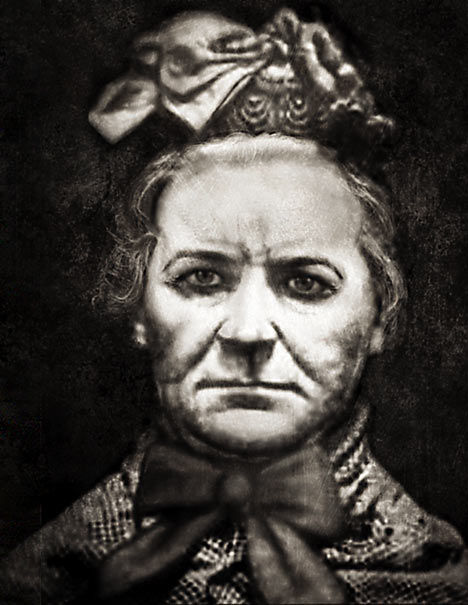A dead man drinking a cocktail The blood drained from my upper body. Dr. X stood before me, a cocktail in one hand, very much alive. But Rick had told me he’d died earlier in the year. Without question, one of the most awkward social situations...
When bargeman Charles Humphreys and his mate leaned over the gunwale to hook the floating parcel and pull it aboard, the last thing they expected to find inside was a dead baby. Humphreys had been navigating his barge upstream on the River...




Recent Comments